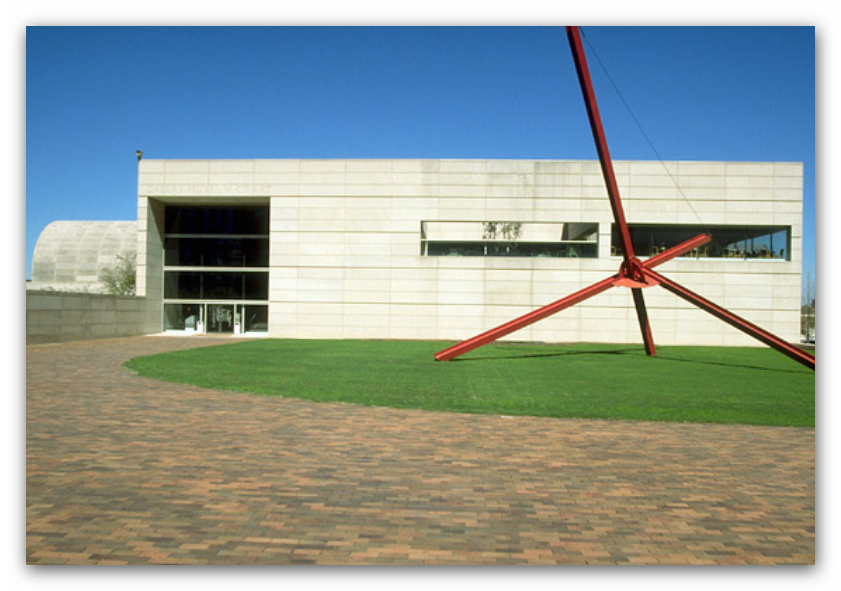Nov 15 2014 - Dec 31 2017
Dallas, TX
In December 2013, the Dallas Museum of Art announced the acquisition of one of the most significant additions to its collection to date: an exceptional silver vitrine originally owned by the Wittgenstein family of Vienna and designed by Carl Otto Czeschka (1878–1960) of the Wiener Werkstätte (Vienna Workshops). The Wittgenstein Vitrine stands over five feet tall and is made of solid silver encrusted with enamel, pearls, opals, moonstones, and other semiprecious stones. This masterpiece, unique in the production of the Werkstätte, is one of the most important objects of the 20th century, marking the apogee of ornamental richness in Viennese Secessionist art and questioning the very direction of early modern design.
Since its arrival in Dallas, the vitrine has been the subject of an intensive research and conservation program. The exhibition, Modern Opulence in Vienna: The Wittgenstein Vitrine, will reveal these results by exploring the conservation effort and charting the context and history of this masterwork’s design and fabrication, iconography, and provenance. The exhibition will also present new perspectives on designer Carl Otto Czeschka, his work for the Wiener Werkstätte, and the important patronage of the Wittgenstein family.
Credit: Exhibition overview from museum website.
The Wittgenstein Vitrine, a monumental silver and gemstone-encrusted cabinet, is one of the most important and complex works produced by Austria’s Wiener Werkstätte. Whether you go or not, the exhibition catalog, The Wittgenstein Vitrine: Modern Opulence in Vienna, is a fascinating portrait of the vitrine, examining its stylistic origins and context, the powerful Wittgenstein family, and Vienna during its apogee of artistic ferment. His essay explores how the vitrine and its presentation at the 1908 Kunstschau embodied the debate over progressive ornamentation and suggested the evolving definition of modernity in the early 20th century. A companion essay by Fran Baas details the fascinating eight-month process of conserving the cabinet, revealing construction details unseen since its original assembly. Lavish photography throughout the book includes details of the vitrine’s floral and faunal ornamentation as well as contextual images of related works by the Wiener Werkstätte. This book is the only English-language publication detailing the work and biography of the vitrine’s designer, Carl Otto Czeschka (1878–1960)
Exhibition Venues & Dates
Nov 15 2014 - Dec 31 2017
Dallas, TX

